Last Updated on January 10, 2023
Plot: West Point, 1830. A world-weary detective is hired to discreetly investigate the gruesome murder of a cadet. Stymied by the cadets’ code of silence, he enlists one of their own to help unravel the case — a young man the world would come to know as Edgar Allan Poe.
Review: The Pale Blue Eye is a film I have been looking forward to since it was announced that Netflix had bought the rights back in 2021. Based on the novel by Louis Bayard, the whodunit chronicles a mystery featuring a brilliant detective and a historical figure. This combination works wonderfully in this film thanks to the talents of Christian Bale and Harry Melling as two very different characters. Writer/director Scott Cooper, known for his distinct style, has long pursued adapting The Pale Blue Eye, and his passion shows in the finished product. Still, despite the competency and talent involved in bringing this story to the screen, The Pale Blue Eye is an underwhelming take on what should have been a masterful mystery.
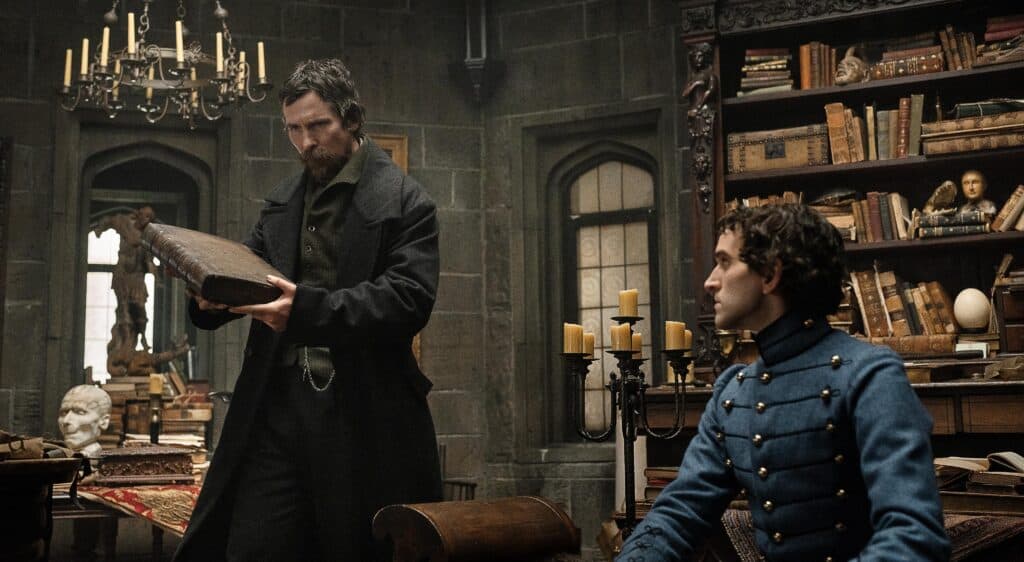
Opening with a darkly lit and macabre visual tone, The Pale Blue Eye looks every bit like the Edgar Allan Poe yarn. With solid production values to echo the 19th century, Scott Cooper’s film opens by meeting every expectation I had. The primarily British cast all convey an air that makes this film feel proper and high caliber as they portray the leadership of West Point and the pinnacle of American military talent. The film also wastes no time delivering the horrible crime that brings Detective Augustus Landor (Christian Bale) into the tale. With a cadet hung and his heart removed, Captain Hitchcock (Simon McBurney) and Superintendent Player (Timothy Spall) need a resolution before a heinous crime besmirches their school. Landor, a renowned investigator who recently lost his wife and daughter, is brought in to investigate and begins uncovering clues.
As Landor looks into the murder, he discovers the aptitude of a young cadet, Edgar Allan Poe (Harry Melling), whom he deputizes to help solve the crime. Bale and Melling are excellent here, with Melling quietly overshadowing the Oscar-winning Bale. Melling looks every bit like the historical Poe but here portrays the future master storyteller as an outcast among his peers. Poe soon befriends Lea Marquis (Lucy Boynton), the daughter of Dr. Daniel Marquis (Toby Jones) and Julia Marquis (Gillian Anderson), a connection that draws the two investigators into the path of the murderer. Over the next ninety minutes, The Pale Blue Eye quickly establishes the senior detective and his junior partner as a strong duo while also teasing each of their weaknesses as investigators.
For a film that runs two hours and eight minutes, ninety minutes seems a bit short of the total running time, which becomes very apparent when watching The Pale Blue Eye. The story, heavily reliant on scenes full of dialogue, is very slowly paced despite only an hour and a half going by. In those ninety minutes, Scott Cooper manages to cram the story full of red herrings and misdirection before the true culprits of the heinous crimes are revealed. But, in typical mystery fashion, we still have another forty minutes to tell the twists and turns that every good police procedural has in spades. By the film’s end, the mystery is solved, and justice is meted out, but the actual victims are also given to the audience in a manner that may feel heavy-handed to some and cliche to others. Still, everything is so well-acted in this film that it is hard not to feel that we are watching something far better than it actually is.
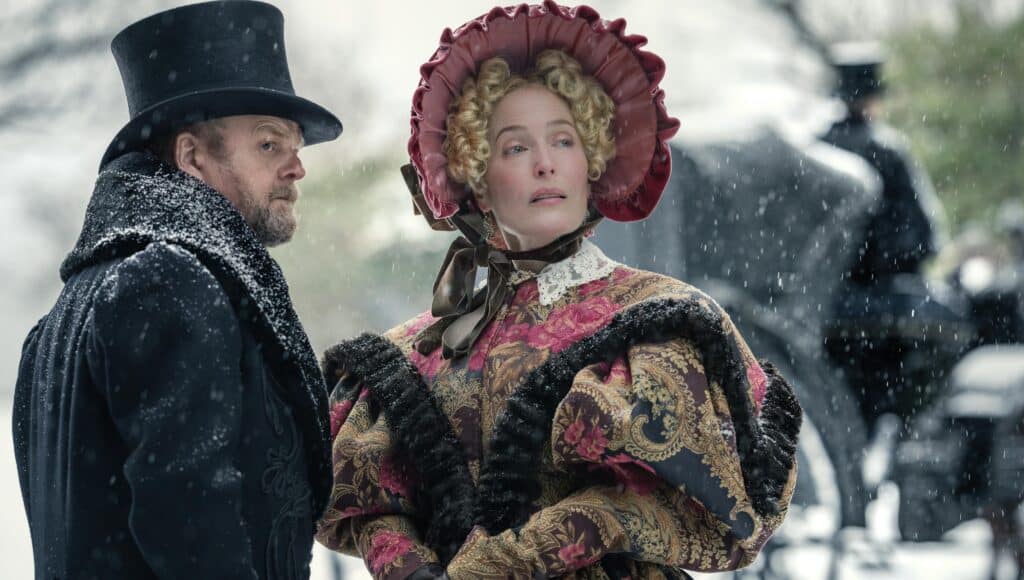
In their third collaboration, Scott Cooper and Christian Bale have cemented a creative bond that allows Bale to channel the mood and tone Cooper wants in The Pale Blue Eye, but his performance remains one of his most understated. Most of the acting in this adaptation is understated, except for Gillian Anderson, who portrays the best elements of the crazy, overbearing mother character. Cooper adds several references and easter eggs to the life of Edgar Allan Poe without turning this into a biopic. Harry Melling, best known as Dudley Dursley in the Harry Potter film, is excellent as the iconic writer and poet, making Poe into a sympathetic character whose origin story is given a new lens in this tale. His gaunt features are a physical transformation the likes Christian Bale is usually known for, and he steals the film from the veterans in this cast ranging from Robert Duvall and beyond.
With an eerie score from Howard Shore, Scott Cooper blends the horror from his last film, Antlers, with the mystery and gruesome violence of Black Mass and Hostiles (which is very underrated) for a story that should have been far more thrilling than it is. With a languid pace and an overdose of dialogue, The Pale Blue Eye feels every bit what I imagine a police procedural would have looked and felt like had it been written by Edgar Allan Poe. Everyone in the cast is serviceable in their roles, but no one takes on their performance with as much enthusiasm as Harry Melling. A solidly built mystery, The Pale Blue Eye crumbles in the underwhelming third act, which doesn’t deliver a resolution that fits the complexity of the crime presented. While still a very well-made film, this is not nearly what I had hoped it would be.


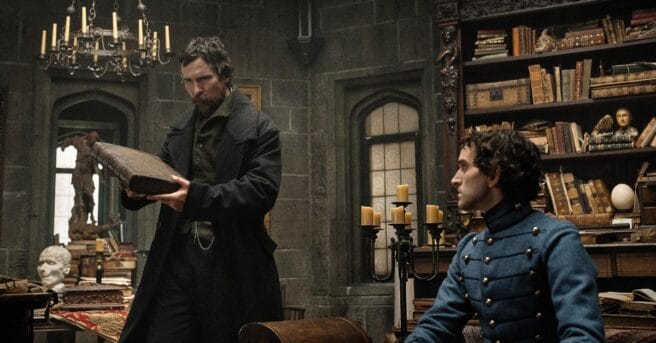

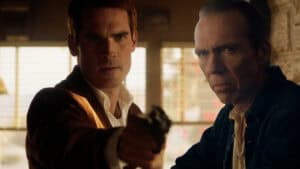


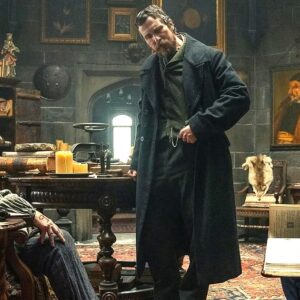


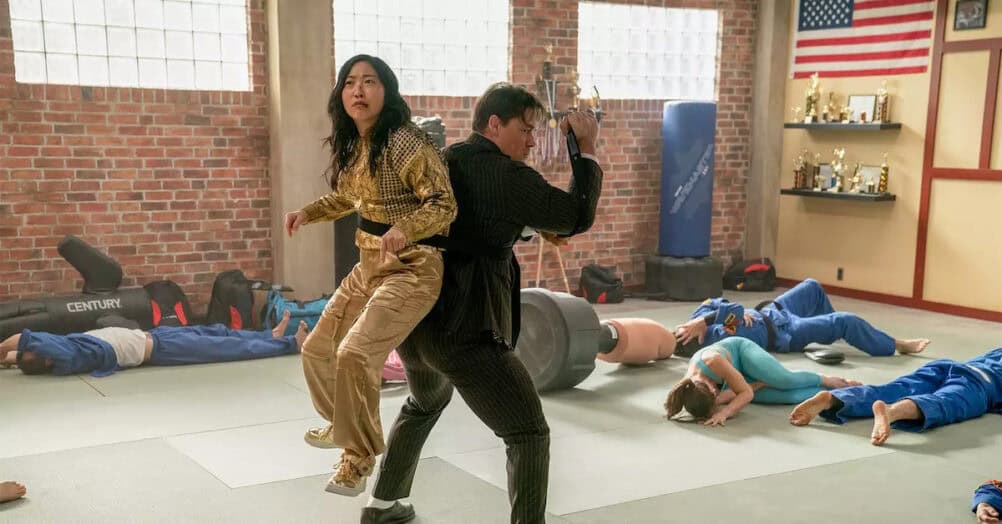
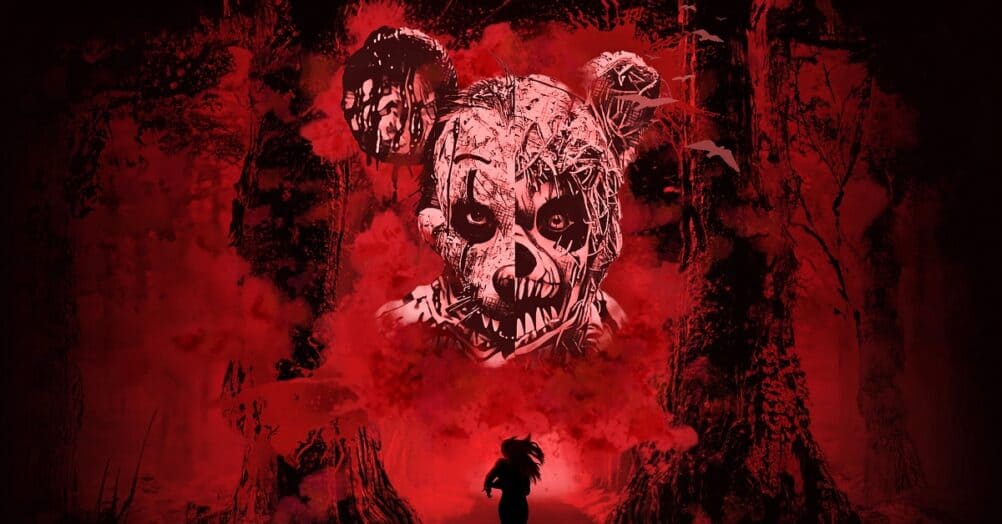
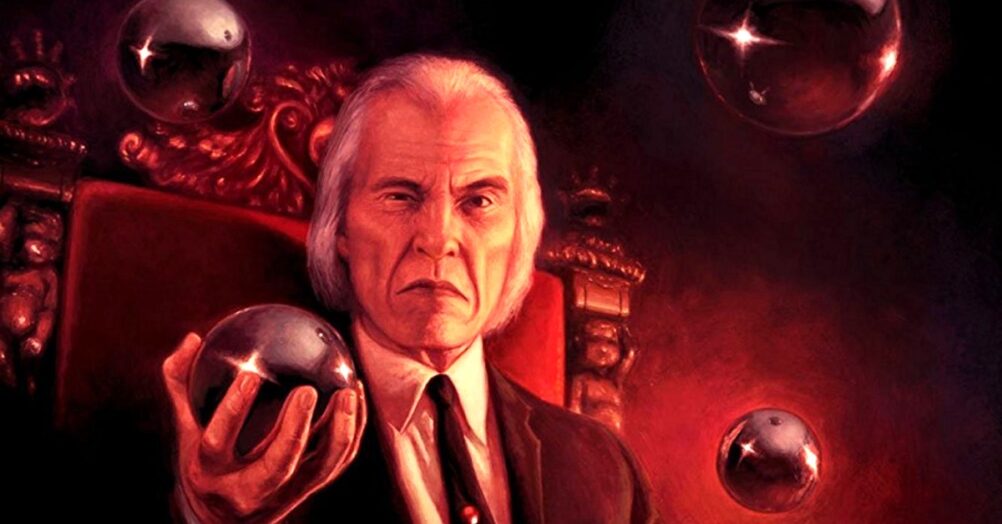
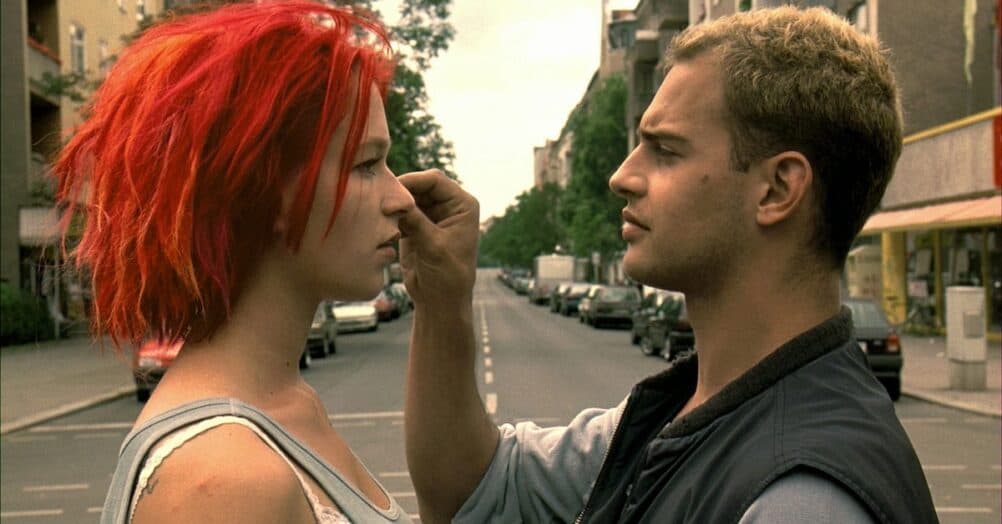
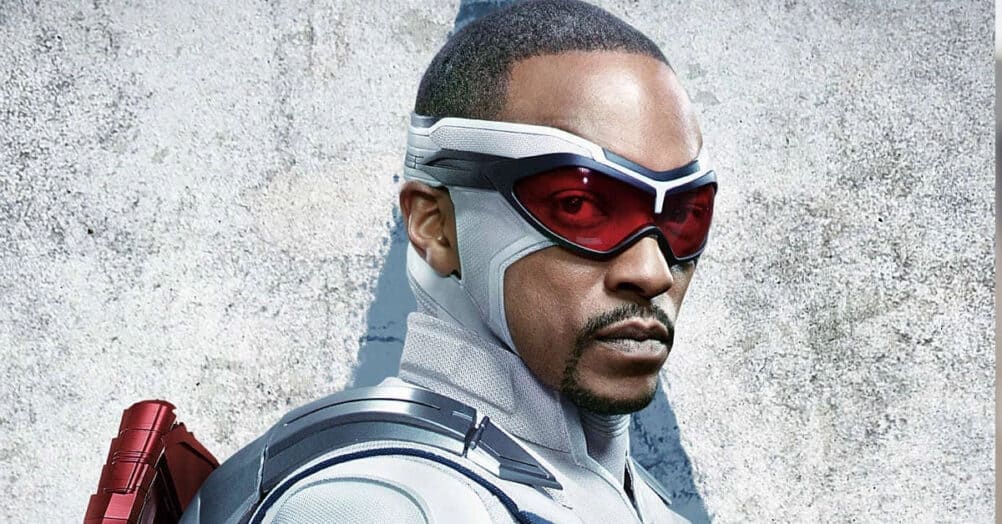
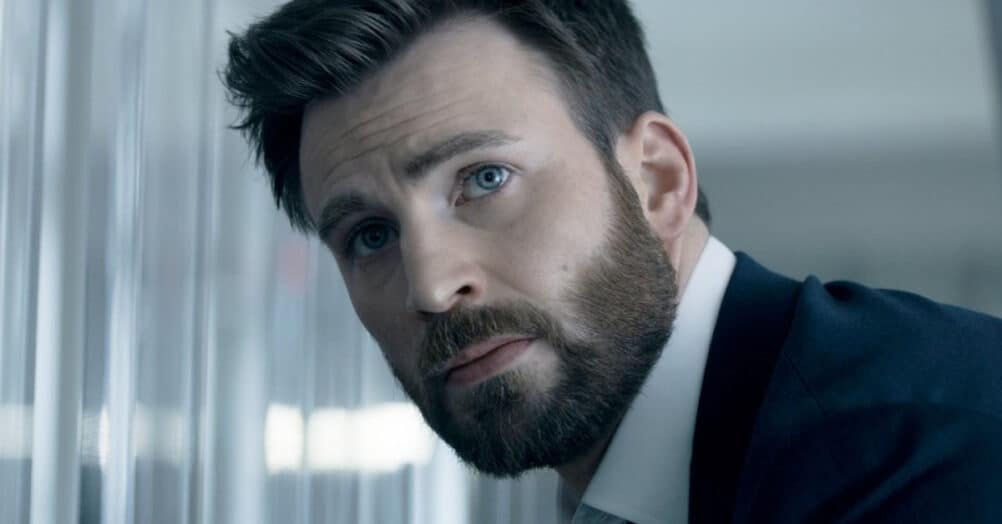
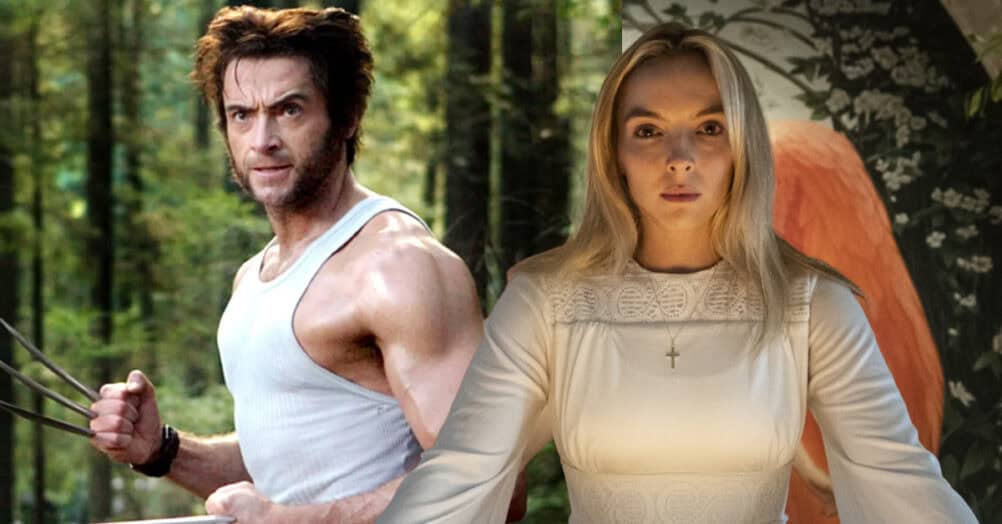
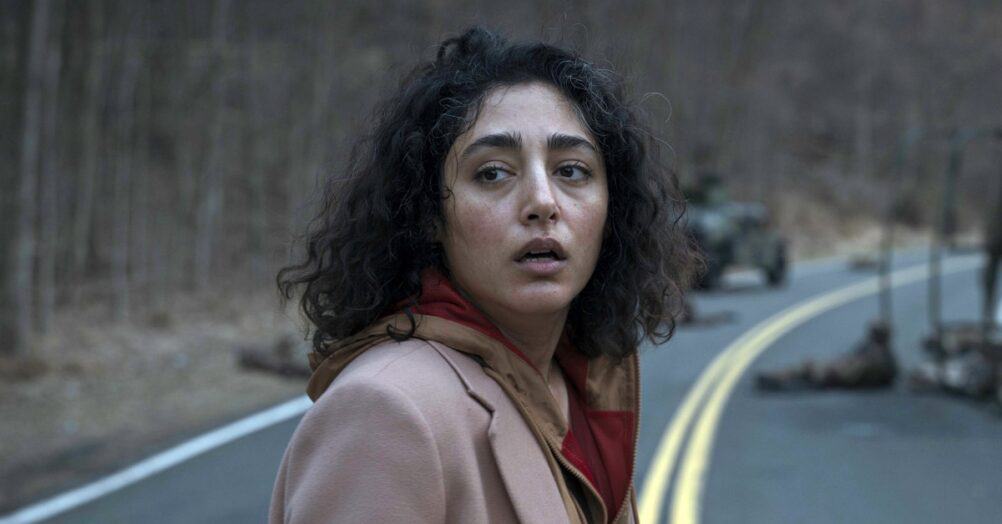

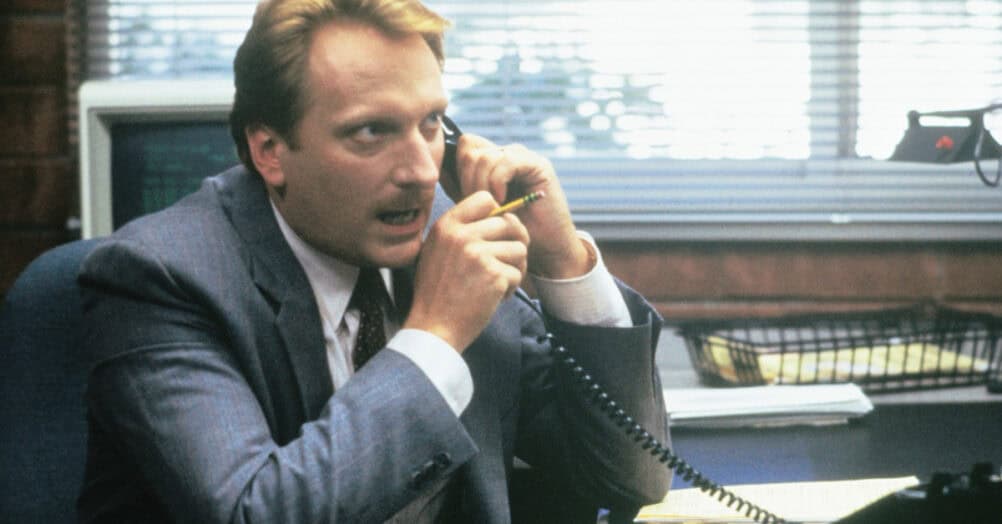
Follow the JOBLO MOVIE NETWORK
Follow us on YOUTUBE
Follow ARROW IN THE HEAD
Follow AITH on YOUTUBE